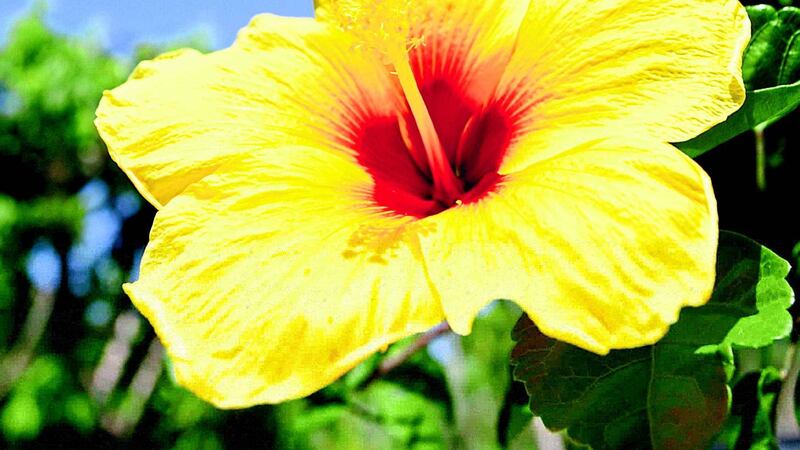IF ANY time in the year is the time for outdoor living, it is now. Eating, playing, working, even sleeping - do them outside now and feel the difference.
This is also a great time to cut costs and your impact on the planet. Dry all your laundry on the line, eat fresh food like salads, fruit, juices - all things that don't require non-human energy to prepare.
Barbecues are always fun; enjoy them with a clear conscience by cooking over charcoal from sustainably managed sources. Now the World Cup is over give the flat screen a rest and enjoy the evening sitting in a deckchair with the birds and flowers for entertainment.
Walk or cycle whenever you can - it's so much more appealing than when the rain is lashing down.
We've been pretty lucky with July, which on the whole has been a month for even the less dedicated sun worshippers among us to get out and catch some rays.
There aren't many better places to do this than your own garden, patio or balcony. Private, economical and when you fancy something to eat or drink, just pop inside to the fridge. So much better than fighting it out with the holiday-making hordes.
If July brings out the human sun worshippers, it is also the time to see and enjoy the plants that are happiest when the rays are beating down on them. Hibiscus syriacus is one such shrub that performs best when the sun is out and the mercury's rising. If you've got a sunny place in your garden with neutral or slightly acidic soil, then Hibiscus syriacus could be just the plant to deliver bags of colour and fun. Given a bit of heat, this shrub really does flower well, and what flowers they are. 'Diana' bears big, white flowers, up to 12cm across. The blooms of 'Woodbridge' are a rich pink, with beautiful dark centres up to 10cm in diameter and the flowers of 'Oiseau Bleu' are a gorgeous bright blue.
Hibiscus syriacus 'Red Heart' is another lovely plant that produces flowers with delicate white petals and rich, dark red centres.
A medium to large deciduous shrub, Hibiscus syriacus can reach a height of up to 3m and a width of about 2m. They are perfect for shrub or mixed borders and are great for combining with agapanthus, penstemons and asters.
The purple foliage of berberis or smoke bush is also an attractive accompaniment to the various pastel shades of Hibiscus flowers. Once fully established, the larger varieties of Hibiscus can be draped with late flowering climbers which can help to maximise the plant value you can derive from small spaces. July is when most of them come out to salute the sun, and this performance can carry on into early autumn, but do make sure you keep this shrub well watered through the growing season.
Syriacus varieties are mainly frost-hardy, but ask when you buy if the variety you have chosen needs any special attention in cold weather. Hibiscus syriacus is not a demanding plant to maintain, making it an ideal choice for people with a busy lifestyle, or newcomers to gardening. Tip-prune in late winter and early spring to maintain a healthy framework of branches in the shape that you want.


